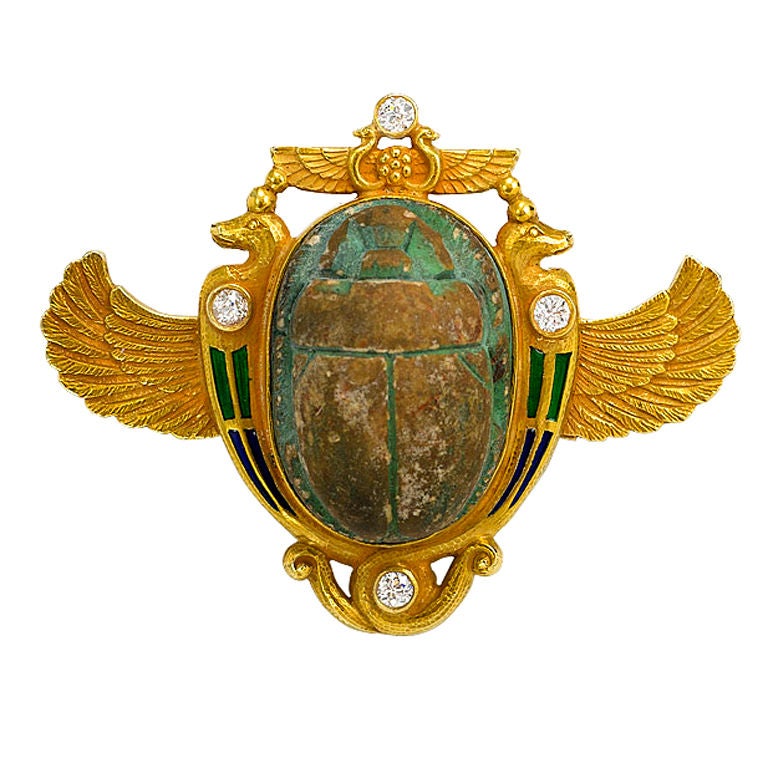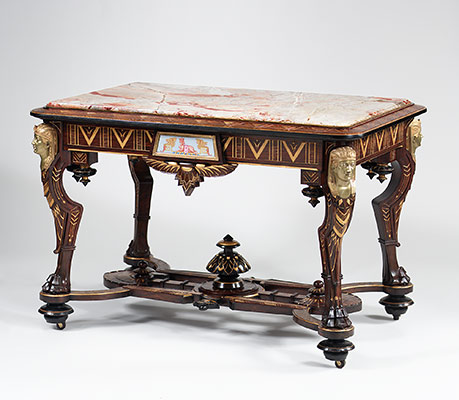Egyptian Revival FONT
Caslon's Egyptian in an early specimen book. The Two Lines English Egyptian is a created by the Caslon foundry of Salisbury Square, London around or probably slightly before 1816, that is the first general-purpose typeface in the known to have been created. Sans-serif lettering in block capitals had been developing in popularity over the past decades, initially due to interest in classical antiquity in which inscriptions often had minimal or no, and come to be used by architect and copied by others, particularly in. Historian, a leading expert on early sans-serifs, has suggested in his textbook The Nymph and The Grot that Soane's influence was crucial in spreading the idea of sans-serif letterforms around the end of the eighteenth century. However, it was some decades before a printing typeface would be released in this style, now commonly used. The name 'Egyptian' had become commonly used in England by 1816 to describe this style of lettering; it may originate from the image of sans-serifs being historical in style, the of the period and the 'blocky' nature of ancient Egyptian architecture. (The term 'Egyptian' has since become associated with typefaces.) 'Two Lines English' is the name of the font's size.

- Egyptian revival is an architectural style that uses the motifs and imagery of ancient Egypt.It is attributed generally to the public awareness of ancient Egyptian monuments generated by Napoleon's conquest of Egypt and Admiral Nelson's defeat of Napoleon at the Battle of the Nile in 1798.
- Egyptian Revival Inline Font - Download Egyptian Revival Inline font. Ariq, GREAT ADVENTURE, Cinemascope, Iron Maiden RR, Industria® Com Inline, East Bloc Ope.
Egyptian Revival Art Deco 6 oz Image Flask Art Deco Design Retro Design Art Deco Fashion Art Deco Furniture Luxury Furniture Vintage Furniture Painted Furniture Love Art Art Nouveau This bold and vibrant stainless steel flask features a colorful design in the Egyptian Revival style.
The 'Egyptian' typeface was released by the Caslon foundry of Salisbury Square, London, run by William Caslon IV. (This was not the Caslon foundry of the 18th century, set up by: William Caslon III had set up a separate company to his family, which his son William Caslon IV then took over. ) It is somewhat 'classical' in style, being capitals-only, formal in design and not particularly bold (although still bolder than conventional body text fonts), appearing similar to Soane's lettering. The survive in the collection of the, London, with some replacement letters. Caslon's Egyptian typeface was shown in the foundry's specimen books, the earliest edition with a date dated 1816 although some possibly earlier. It appears sandwiched by larger and much more ornate typefaces, apparently not marketed with any prominence. Aside from its documented existence and survival, the reasons behind its creation are not clear, especially since no contemporary uses of it have been found.
Mosley suggests that it may have been created on commission by a specific client. The matrices of the Caslon sans-serif were acquired by the company when it took over the Salisbury Square Caslon company.
Jump to Mitsubishi Pajero / Montero - Mitsubishi Pajero II Owners Manual, eng., pdf, 47,0 MB Mitsubishi Pajero 1984-1991 Worshop Manuals & Electrical Wiring, eng., pdf in zip. Mitsubishi Pajero II 1991-1999 Electrical Wiring, eng., pdf in zip archive, 49,5 MB Mitsubishi Pajero II 1998 Body Repair Manual, eng.,. 1999 mitsubishi pajero user manual. Free PDF Downloads for all Engine sizes and models for Mitsubishi Pajero. Mitsubishi Montero 1998 Workshop Manual 2WD V6 3.0L SOHC; (8,317 Pages). Mitsubishi Montero 1998 Workshop Manual 4WD 3.5L SOHC; (6,833 Pages). Mitsubishi Montero 1998 Workshop Manual Sport XLS 2WD; (8,359 Pages). Mitsubishi Montero 1999 Workshop Manual 2WD 2.4L SOHC.
Sans-serifs returned to printing when ' foundry started to issue a new series of sans-serifs starting around 1828, so the company revived the matrices and matching versions in other sizes (of lower quality of execution) were cut. (These should not be confused with Stephenson Blake's unrelated of the late nineteenth century.). Signage in a Caslon Egyptian revival.
Egyptian Revival Period
Several digital revivals of Caslon's Egyptian have been made, for commercial use of (adding an invented lower case) and for private use by and. Howes' revival is used for signage at, designed by Soane.
In 1987 was cast by from the original matrices to print a special edition of reprinted type from the early nineteenth century crafted by Ian Mortimer. To mark the two-hundredth anniversary of the first dated printing of a sans-serif typeface, a conference was held at in September 2016. References.
Typefoundry blog. Retrieved 12 December 2015. Tracy, Walter (2003). Letters of credit: a view of type design.
Boston: David R. Retrieved 12 November 2015.

Tam, Keith (2002). Reading: University of Reading (MA thesis). Perkins School for the Blind. Retrieved 15 October 2016. Johnston, Alastair.
Retrieved 15 October 2016. ^ Mosley, James. Typophile (archived). Archived from the original on 28 June 2014. Retrieved 15 October 2016.
CS1 maint: BOT: original-url status unknown. Mosley, James (1999). The Nymph and the Grot: the Revival of the Sanserif Letter. London: Friends of the St Bride Printing Library. John L Walters (2 September 2013).
Alexander Nesbitt (1998). Courier Corporation. Type Archive. Retrieved 2 November 2017. ^ Mosley, James.
Egyptian Revival Font Free Download
Retrieved 2 November 2017. The Centre for Printing History and Culture. Retrieved 16 October 2016.
^ Simon Loxley (12 June 2006). Hui, Julius. Retrieved 17 October 2016. Retrieved 17 October 2016. Archived from (PDF) on 22 December 2015. Retrieved 12 December 2015. Though not the very first.
Printing types had already been made in a sans-serif style for ancient Greek and Etruscan, and by for embossing letters to be read by the blind. Historian John A. Lane, who has examined surviving Caslon specimens, suggests that the design is actually slightly earlier and may date to around 1812-4, noting that it appears in some undated but apparently earlier specimens. The matrices also were first used in unsuccessful attempts to punch out different fonts, which also may date to some years before 1816. External links.